Looking at the agreement that ended the Los Angeles teachers’ strike.
By Keldine Hull
Nearly three weeks after the first strike to affect LA schools in three decades began, the dust has settled and educators have a chance to reflect on the agreement reached and what it means for the future of education in Los Angeles.
The terms of the agreement between United Teachers Los Angeles (UTLA) and Los Angeles Unified School District (LAUSD) include a six percent salary increase for educators, smaller class sizes in grades 4 through 12, and added counselors for middle and high schools. Other terms include increased nursing and library services, expanded green space, more support for immigrant families and a reduction in testing by 50 percent.
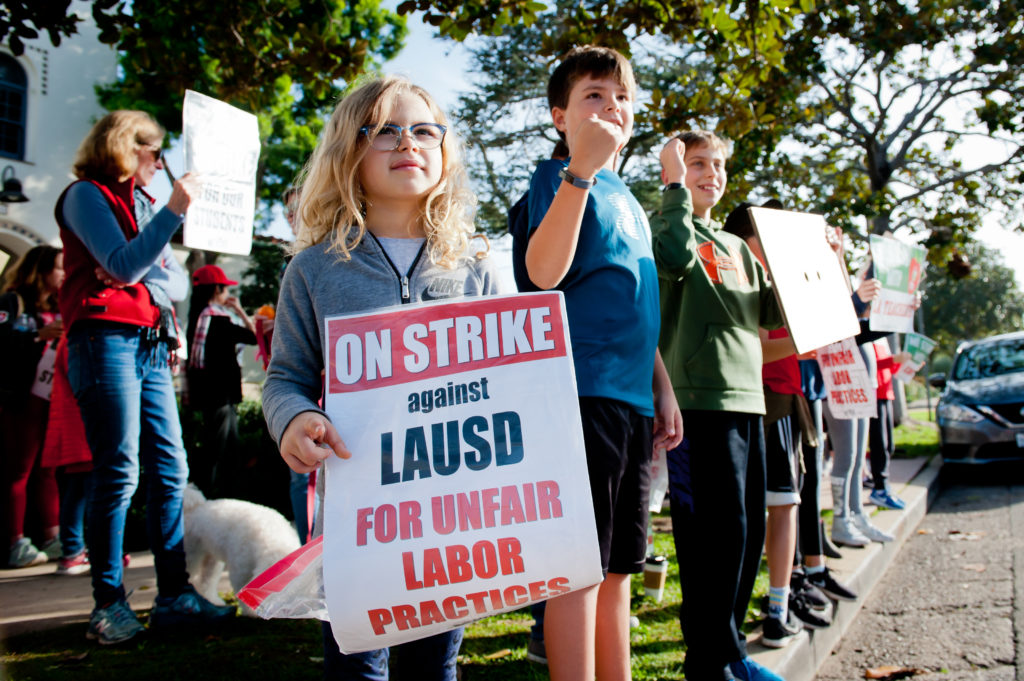
Athletic Director and Physical Education teacher at Hamilton High School Frank Wiley was one of thousands of teachers who participated in the strike. “It was cold and rainy, but the strike had a real flavor of teachers really believing in what they’re doing,” Wiley explains. “They were just fed up with overcrowded classrooms, being underpaid, and a profession not taken seriously. It was very encouraging to see other teachers stand with you from your school and other places.”
While the agreement marked a start in improving the public education system, Wiley feels a better agreement could have been reached, with more detailed language specifically regarding a cap on classroom sizes.
“Personally, I would have liked to have held on a few more days because I felt there was a lot of momentum, maybe get a better contract. But I’m told it works out for the better. I keep hearing people say, ‘well it’s supposed to open up the public’s eye to what we need.’ That could be true. It opens up the future for getting more people involved with the schools and I hope that’s true. A lot more has to change but I guess in due time.”
One of the most important changes Wiley hopes to see is a dedicated investment in children. With a median household income of over $71,000, California is one of the wealthiest states in the United States, but as Wiley suggests, is lacking when it comes to funding for public education.
“If California was a country, we’d be the 5th largest economy on the planet Earth. And we’re forty-third in the United States when it comes to funding education. To me that’s just sick. In 2005, the penal system said, ‘Hey our prisons are too crowded,’ so California jumped on it. They reduced the prison population. Prison guards asked for raises and got it. Now here we are, a school system twice as large as the penal system, and I wish we got half that kind of respect.”
Editors note: Palisades News could not verify the statement that California is ranked 43rd when it comes to funding education. However, according to certain measures, the state does rank 41st, according to Politifact.
Sylvia Esquivel, a clinical therapist, works with at risk youth from elementary school through high school. Through her experience working with students, Esquivel believes that smaller classroom sizes will be beneficial towards addressing their needs.
“Sometimes conflicts that happen don’t get resolved right away so the issues linger. There’ll be more eyes on students who are normally overlooked. Educators will be able to reach out more to the families and have better contact with family members.” Esquivel continues, “Right now, I’m working with a principal who is so involved with my client, and it makes a difference. A child needs to be cared for. That’s one of the benefits of smaller class sizes. Staff is able to identify the issues better and assist the students more. But when you have larger class sizes, the issues get overwhelming, and you don’t even know where to start to reduce the issues.”
One change that Esquivel hopes to see overtime is a uniformity when it comes to resources. “Some schools have better resources than others, but I want to see the district offering the same resources to everyone. The more affluent the communities are, the more they talk to the students about college. I have a lot high school students I work with who don’t even know their counselors and haven’t talked to anyone about college. They need more role models.”
While students and educators alike have yet to see the full impact of the agreement, the teachers strike directed the public’s eye to the importance of education, specifically in public schools. They ignited a conversation that will hopefully lead to more positive change. “In my mind, public school is a beautiful thing,” Wiley continues. “I think it’s what makes America great in a lot of ways. We’ve got a lot of kids we have to educate of all races, color, and creed. They all deserve that education, but they deserve the best education they can get.”

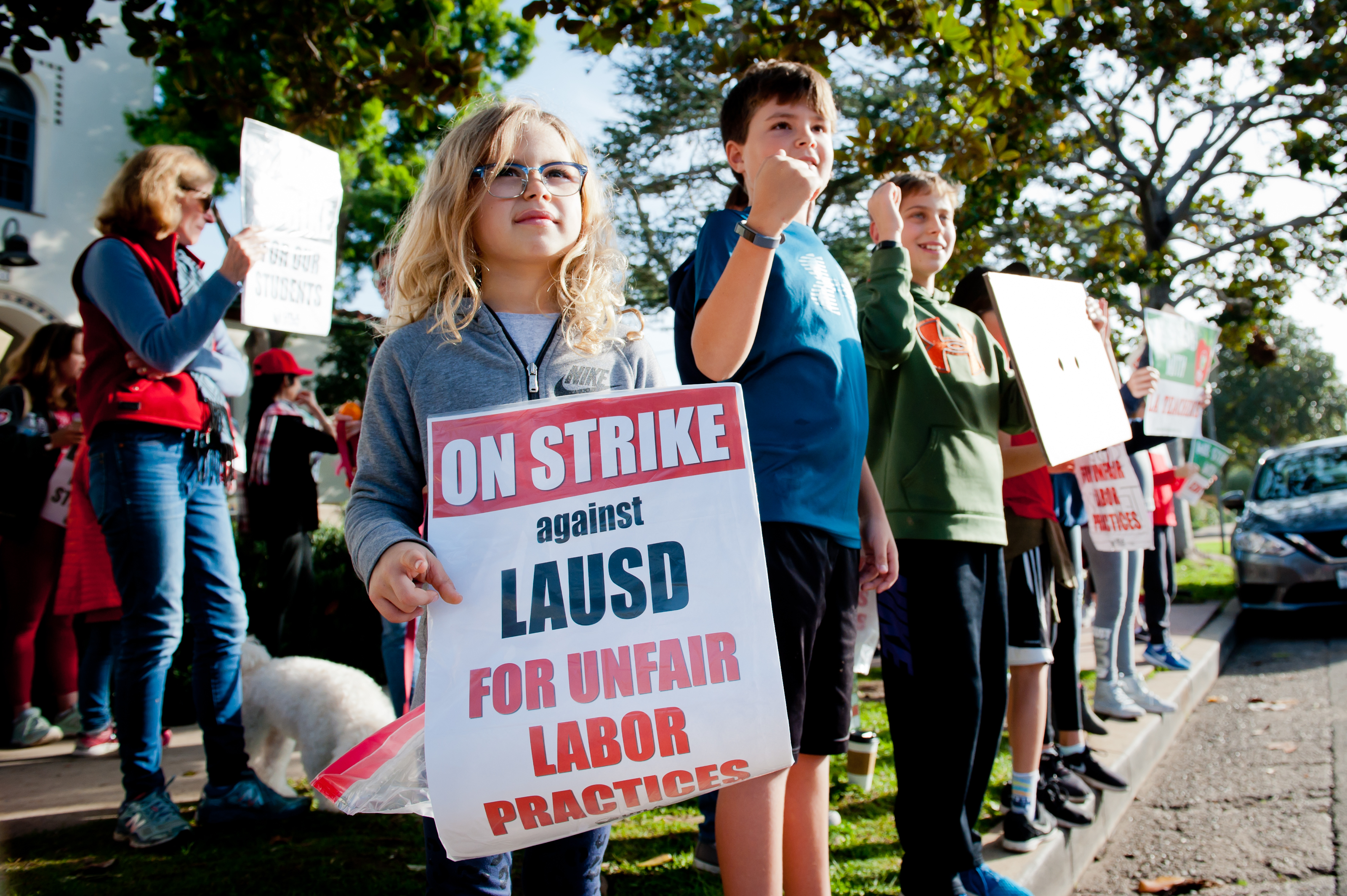
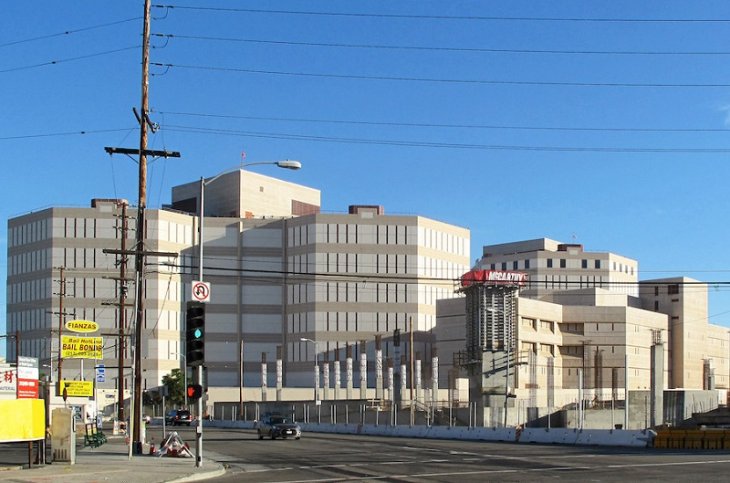
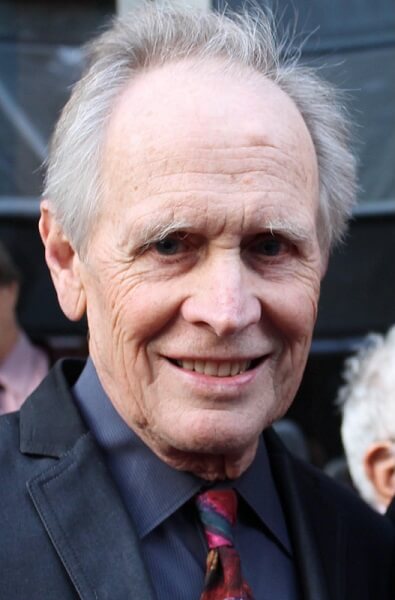
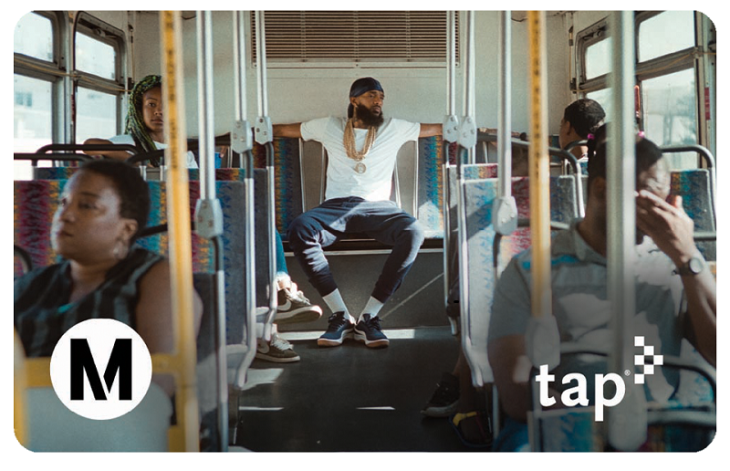





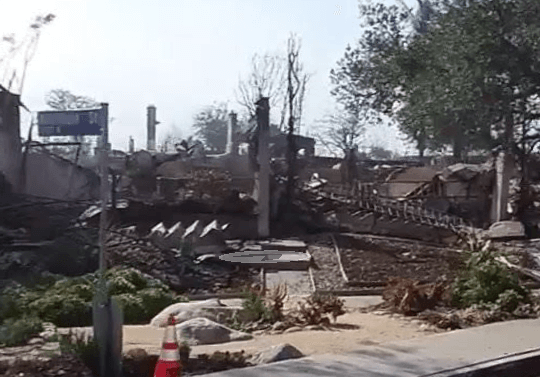



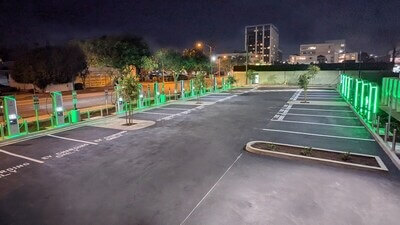











You must be logged in to post a comment.